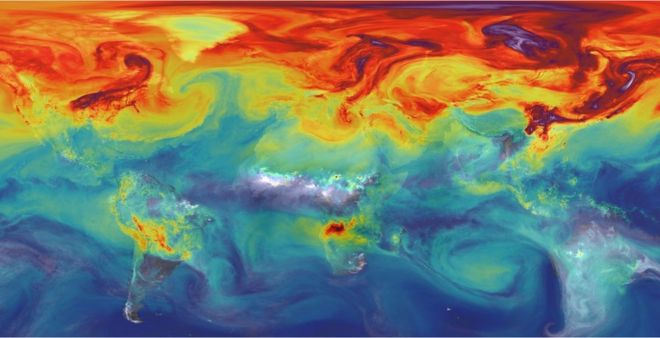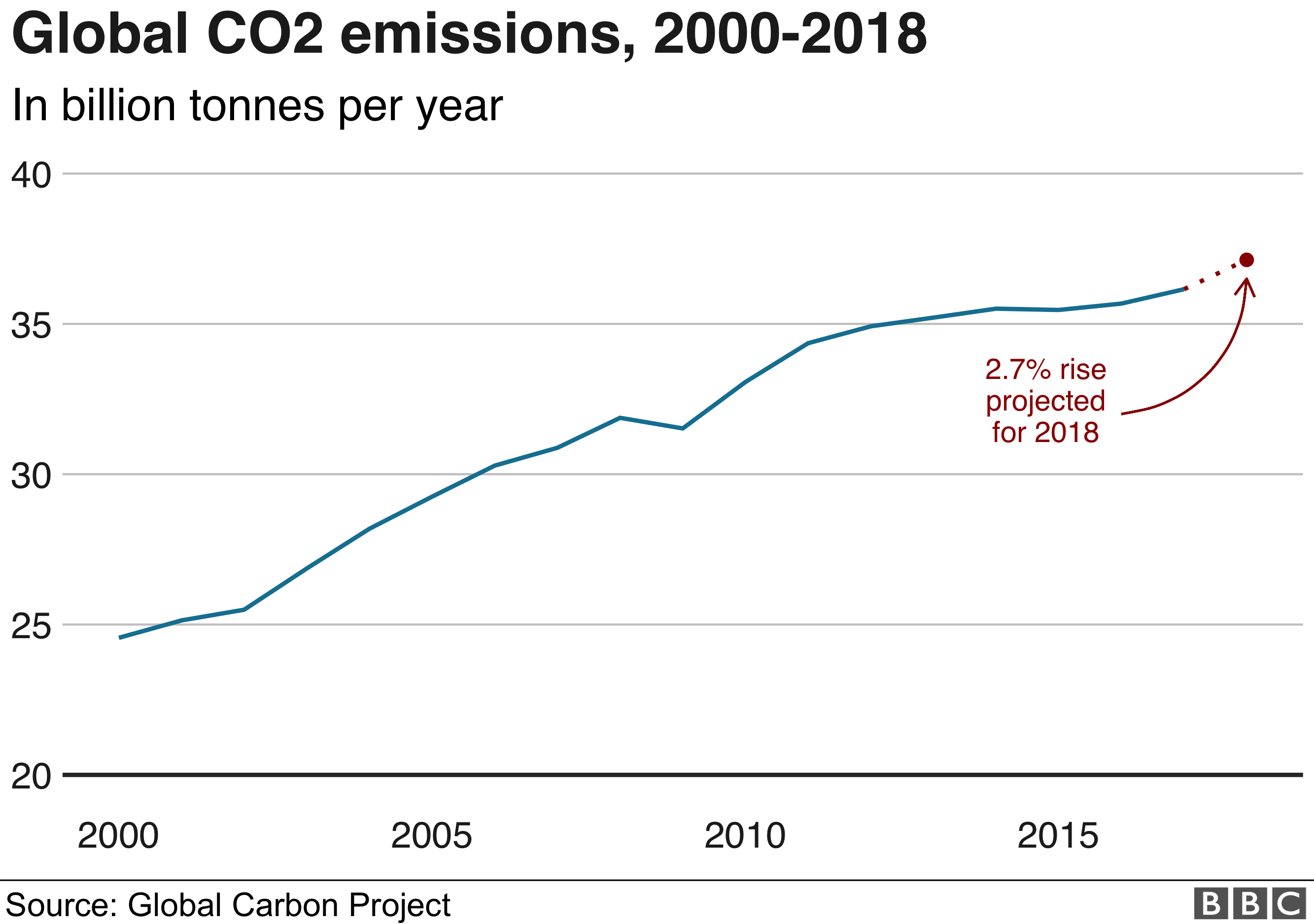Nasa instrument heads to space station to map CO2
 Nasa has sent up an instrument to the International Space Station (ISS) to help track carbon dioxide on Earth.
Nasa has sent up an instrument to the International Space Station (ISS) to help track carbon dioxide on Earth.
OCO-3, as the observer is called, was launched on a Falcon rocket from Florida in the early hours of Saturday.
The instrument is made from the spare components left over after the assembly of a satellite, OCO-2, which was put in orbit to do the same job in 2014.
The data from two missions should give scientists a clearer idea of how CO2 moves through the atmosphere.
- CO2 emissions reach 'all-time high'
- Nasa mission 'watches Earth breathe'
- UK 'can cut emissions to nearly zero'


One way this will be achieved is through the different perspectives OCO-2 and OCO-3 will get.
The former flies around the entire globe in what's termed a sun-synchronous polar orbit, which leads to it seeing any given location at the same time of day.
The latter, on the other hand, because it will fly aboard the station, will only see locations up to 51 degrees North and South; and see them at many different times of day.
That's interesting because plants' ability to absorb CO2 varies during the course of daylight hours. OCO-3's dataset will therefore have much to add to that of its predecessor.
"Getting this different time of day information from the orbit of the space station is going to be really valuable," Nasa project scientist Dr Annmarie Eldering told BBC News.
"We have a lot of good arguments about diurnal variability: plants' performance over different times of day; what possibly could we learn? So, I think that's going to be exciting scientifically."
Read more at BBC
















